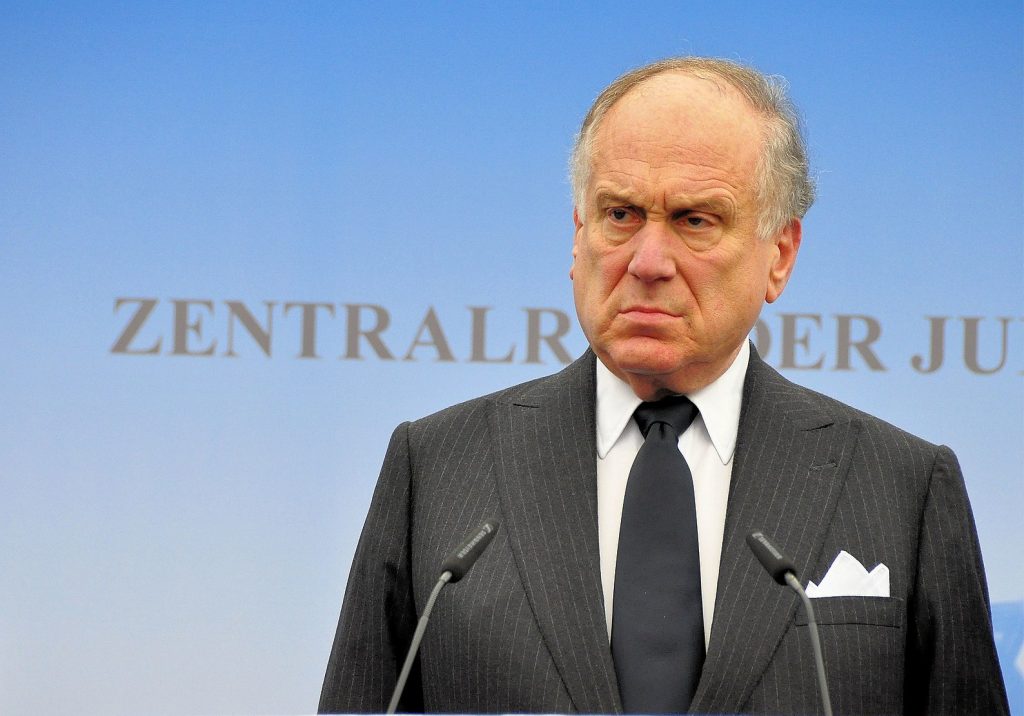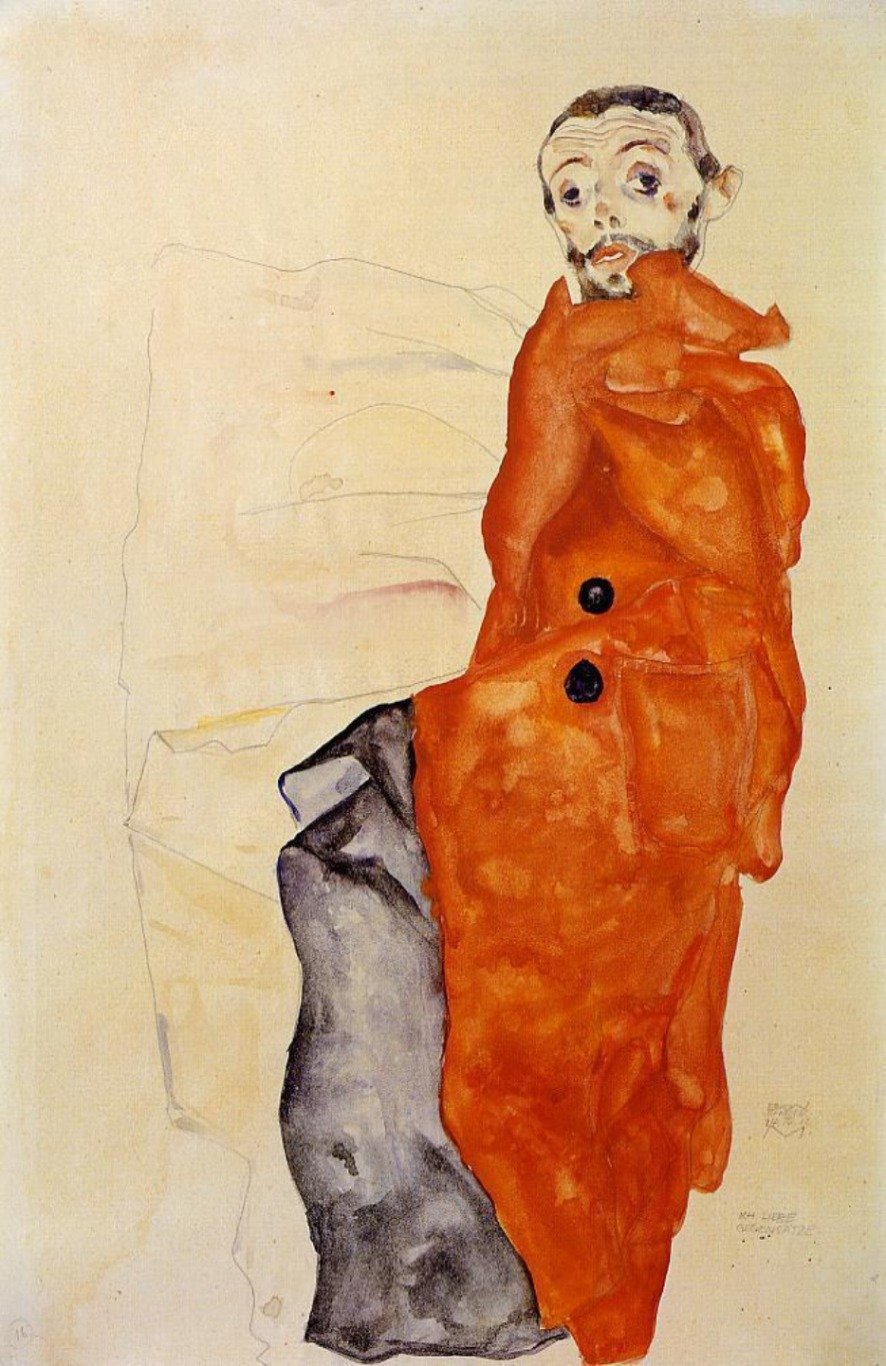Art World
Ronald Lauder Says a Work at the Neue Galerie Has Disputed Provenance
The museum has not named the work in question.

The museum has not named the work in question.

Sarah Cascone

As the restitution of Nazi-looted art has become an increasingly hot button issue, Ronald S. Lauder has been one of the world’s most outspoken champions of Holocaust victims and their families looking to reclaim stolen art. Despite his advocacy, Lauder told the New York Times that a work with a disputed provenance was recently discovered at New York’s Neue Galerie, which he co-founded with art dealer Serge Sabarsky.
It would seem that even Lauder, the chairman of the Commission for Art Recovery and president of the World Jewish Congress, is not immune to the challenges of collecting pre-war European art. Since opening its doors in 2001, the Neue Gallery, which focuses on Austrian and German art made from 1890 to 1940, has been the subject of close scrutiny from those who believe the institution is not transparent enough about the origins of the works in its collection, donated by Lauder and Sabarsky.
“I was told there were no questions about the pieces we had,” Lauder said of the discovery. The work’s clouded provenance arose when Lauder asked Agnes Peresztegi, the Commission for Art Recovery president, to thoroughly examine the museum’s holdings, digging into the thorny questions of provenance.

Egon Schiele, I Love Antitheses (1912). Collection of Ronald Lauder, courtesy of the Athenaeum.
For some, Peresztegi’s efforts to investigate the Neue Galerie’s collection’s provenance are overdue, considering how Lauder has led the charge for museums to part ways with Nazi-looted art. “You would think that his gallery would be the most transparent, but it provides the minimal amount of information,” University of Denver history professor Elizabeth Karlsgodt, an expert on art stolen by the Nazis, told the Times.
To date, the museum has not released any details about the artwork in question, but Peresztegi says the Neue Galerie is currently evaluating the provenance information of an artwork, and discussing restitution.
In June, Lauder joined Helen Mirren on Capitol Hill in presenting the case for a the proposed the Holocaust Expropriated Art Recovery Act at a Senate judiciary subcommittee hearing. The actress played Holocaust survivor Maria Altmann, who fought to get back Gustav Klimt‘s famous portrait of her aunt, Adele Bloch-Bauer, in the film Woman in Gold, and has become a prominent spokesperson for the cause.